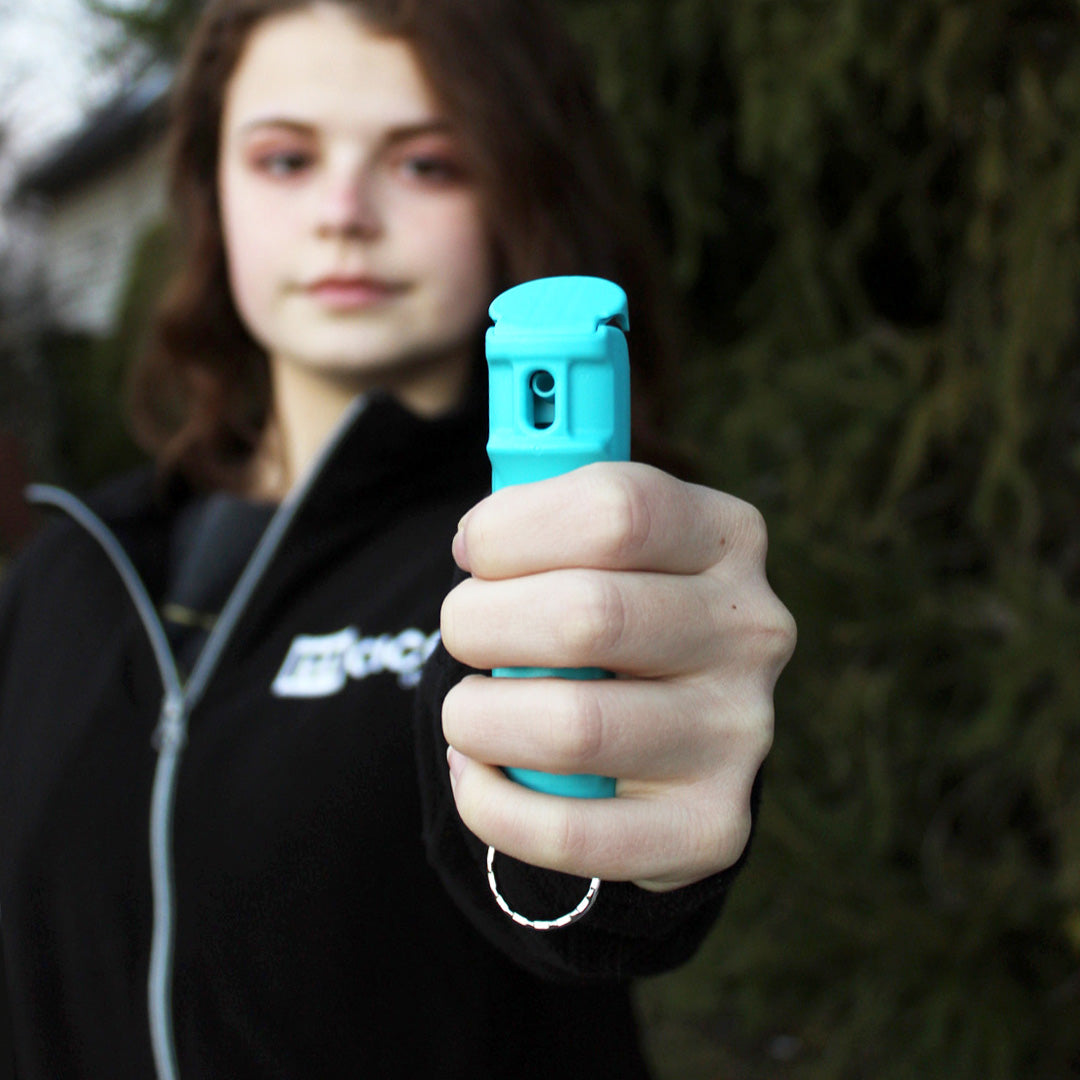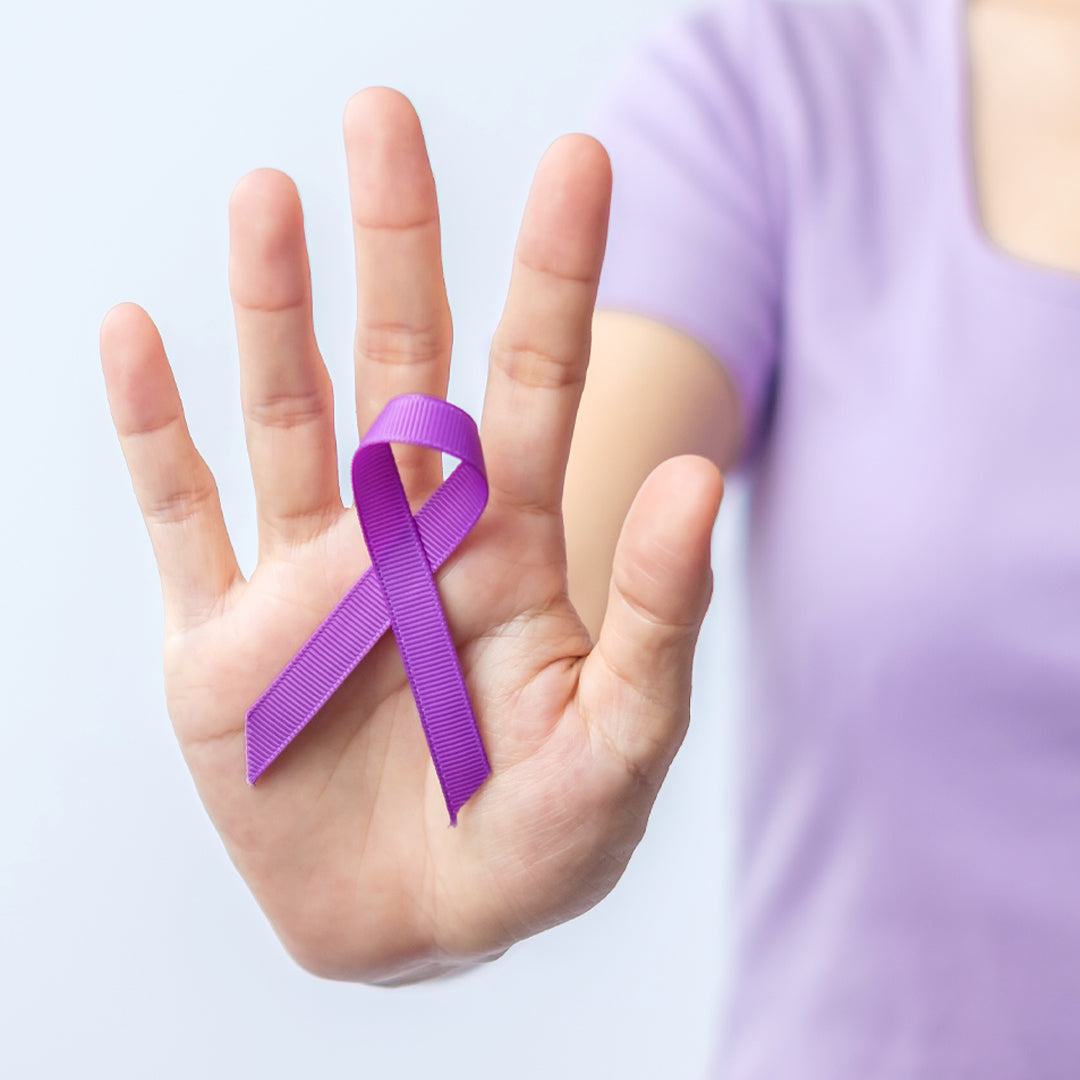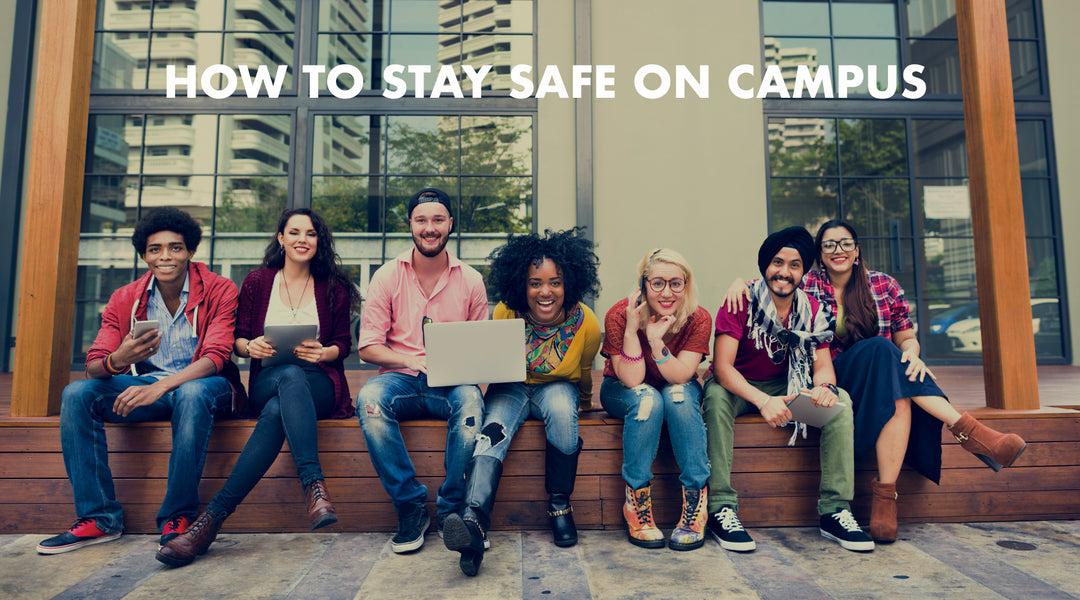The Science of "Fight or Flight" - Tips to Remain Calm and Collected from Mace® Brand

You've probably heard of the fight or flight response, but did you know when it comes to your personal safety, how you react to a situation can be just as important as how you prepare?
Let's start by defining "fight or flight."
1. The instinctive physiological response to a threatening situation, which readies one either to resist forcibly or to run away.

Your brain makes a split-second decision. Will you run or ready yourself to fight? Fighting may include a physical altercation or a mental one. So what really happens when you face a "fight or flight" situation? Taking the time to educate yourself not only helps improve your personal safety, but empowers you with knowledge and increased confidence should you face a "fight or flight" situation.

THE PHYSIOLOGY INVOLVED
When a stressful event happens, the amygdala sends a distress signal to the hypothalamus. The hypothalamus is like a dispatcher - it communicates with the rest of the body through the autonomic nervous system. You probably remember from science class this system controls involuntary body functions like breathing, blood pressure, heartbeat, and the dilation or constriction of blood vessels and airways.
The autonomic nervous system is comprised of the sympathetic and parasympathetic nervous systems. Think of the sympathetic nervous system as your gas pedal - it triggers the "fight or flight" response by giving your body a burst of energy to respond to perceived dangers. The parasympathetic nervous system is your brake. It helps calm you down when the danger has passed.
The adrenal glands receive the distress signal from the amygdala and start pumping the hormone epinephrine (adrenalin) into the bloodstream. This increases your heart beat, breathing, and blood flow. Your senses become sharper and more nutrients flood your bloodstream, supplying instant energy. This all happens very quickly.

HOW TO RECOGNIZE "FIGHT OR FLIGHT" SITUATIONS
Understanding your body's natural "fight or flight" response is one way to help cope with the stressful situations that we all face. A few events that may trigger such a response:
- You come face-to-face with a growling dog while walking or running.
- The car in front of you slams on the brakes.
- A loud sounds surprise you.
- People unexpectedly approach you or invade your personal space.
- You feel unsafe while walking alone.
These events most likely will cause your heart to race, and you'll probably get that "rush" of adrenaline. Should the situation escalate, this adrenaline will aid you. But, in most cases, it's important to know how to calm down after your "fight or flight" is triggered, so that you can remain calm and collected.

HOW TO STOP FIGHT OR FLIGHT
Some people are unable to find a way to put the brakes on stress. Frequent epinephrine surges can damage blood vessels and arteries, increase blood pressure, and raise your risk of a heart attack or stroke. So what can you do?
Relax. Here are some practical tips to remain calm:
- Breathe - Breathing exercises are one of the easiest relaxation techniques. Breathe in to a slow count of three, breathe out to the same count.
- Make a list - Make a list to get things off your mind - things that make you happy, a to-do list, a grocery list. Use a notebook or a notes app on your phone.
- Visualize - Writing down your concerns usually helps you focus, and releases the stress of what's on your mind.
- Connect to nature - Connect to nature and spend some time outside. Walking works. Scientists have found that even just looking at images of nature with greenery on a computer screen for five minutes can help calm you down.
- Exercise - Visualize your calm and find your happy place. Many yoga classes use this technique during the cool-down period.
PREPARE YOURSELF
At Mace® Brand, we believe in the power of preparation. And preparation helps you anticipate and protect yourself if you encounter a threatening situation. The must-have personal safety devices include pepper spray or pepper gel, and a personal safety alarm. If you're going solo, a palm stun device can be helpful as well. While there is not a "one size fits all" when it comes to non-lethal personal safety devices, you want something that delivers what it promises and is easily accessible. We also have a pepper spray buyers guide to help you select the option that's best for you. Having a non-lethal protection device on hand - and understanding how to use it - will help you stay calm in any situation.

Understanding how the fight or flight response occurs naturally in your body can help you prepare for stressful situations. The response plays a critical role in how we deal with stress and danger in our environment. By educating yourself on your natural "fight or flight" reaction, you are better prepared to perform under pressure and keep yourself safe.

Another story you would enjoy: What's in Your Gym Bag? Workout Bag Essentials for Safety (mace.com)





Leave a comment